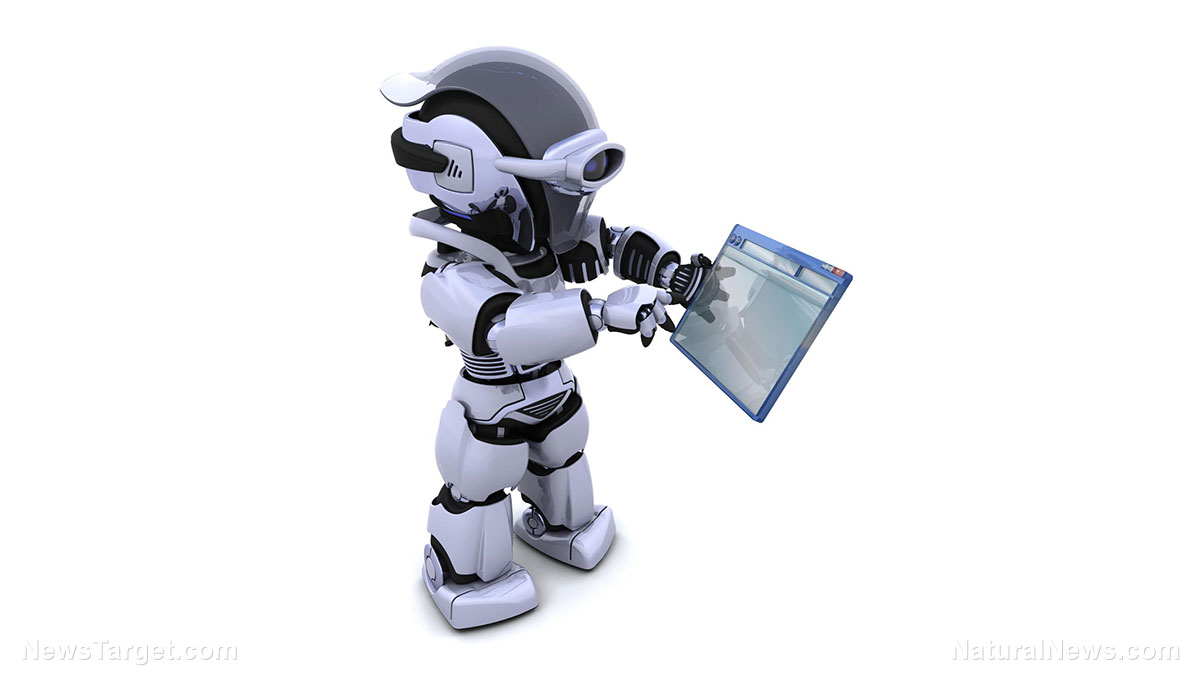
NASA is working on its very own versions of astromech droids from Star Wars. These futuristic robots are expected to have their own A.I. and be able to repair spacecraft during space operations, according to a Space.com article.
An engineer with the American space agency explained that such robots would possess humanoid upper bodies and mechanical legs akin to spiders. NASA has spent more than two decades designing robots to help its astronauts with all kinds of tasks. They've made three different designs so far.
The first was Robonaut, whose humanoid upper body could be mounted on a number of different lower bodies. It had two versions, R1A and R1B, but was never taken into space. Its successor was Robonaut 2. Nicknamed "R2", the new robot served aboard the International Space Station starting 2011. Two years later, NASA engineers unveiled Valkyrie. A humanoid robot with a full body, it was built to test the possibility of bipedal walking robots on planets like Mars. (Related: Why did Mars dry out? NASA space telescope reveals insights.)
Star Wars droids set high standards for NASA robots
These robots are a long way off from the droids in the Star Wars franchise. There, droids can translate alien languages, fly spaceships, serve as soldiers, hack computers, and smuggle plans for weapons of mass destruction.
"Star Wars is a common cultural touchstone — say something's just like R2-D2, and your eyes will light right up," said W. Kris Verdeyen, a NASA robotics engineer.
Verdeyen said that Star Wars is a fantasy that ignores physics and enjoys conveniences like artificial gravity. But he also called it a wonderful way to show the full potential of robots.
NASA is particularly keen on making real-life versions of astromech droids. These are the robots like R2-D2 and BB-8 that keep a spaceship from flying apart.
"It'd be really nice to imagine a robot crawling on the outside of a space station to repair it. Even if the robot was really dumb, you could put it on the outside of the space station, and if there's a hole, it could just put its finger in it until the astronaut fixes it, to give you an idea of how we can get from no capability to Star Wars capabilities," Verdeyen opined.
While NASA currently cannot replicate the futuristic multi-tools employed by Star Wars astromech droids, its robots have used drills and surgical equipment during tests.
"If we make a robot that looks and manipulate tools like a human, it can use tools that already exist for astronauts," Verdeyen explained.
Because human-shaped robots can use human tools, NASA is leaning towards such designs. Also, a real-life version of R2-D2 or BB-8 will experience difficulties in zero gravity conditions.
NASA robots will have humanoid torso, robotic spider legs, embedded AI
Verdeyen further suggested that the NASA's humanoid droids won't resemble C-3PO and K-2SO below the waist.
"It doesn't make sense to have a bipedal walking robot for zero gee. If you look at the legs for Robonaut 2, they're big, spidery legs, made for climbing around in zero gee," he pointed out.
NASA droids might not share the looks of their Star Wars equivalents, but they will possess detailed knowledge of their spacecraft and the ability to solve problems in real-time. Embedded intelligence will provide this autonomous capability.
NASA envisions an interlinked system comprised of human astronauts, robots, and an artificial intelligence and knowledge database. The AI can respond to inputs from the astronaut or send commands to the robots.
"We're picturing something like [IBM's] Watson on a rack in a spacecraft local to whatever robot or astronaut would need to use it," Verdeyen explained.
Visit Space.News to find out more about future space technology.
Sources include:
Please contact us for more information.




















